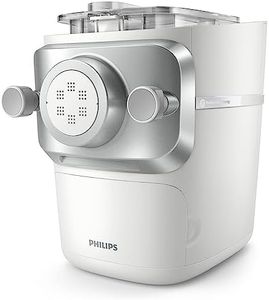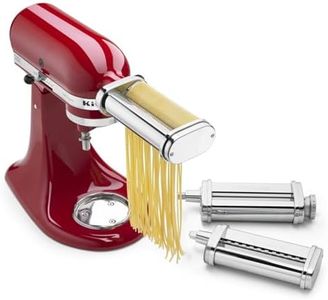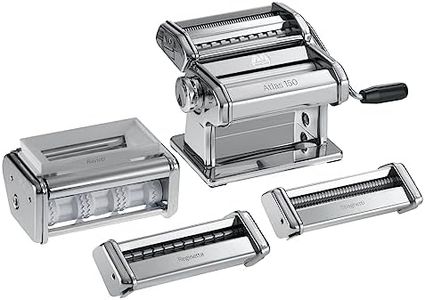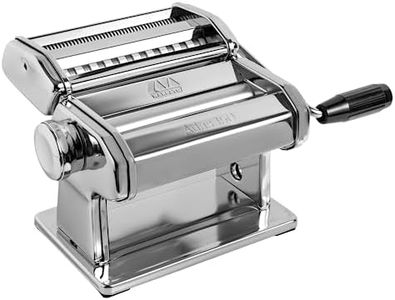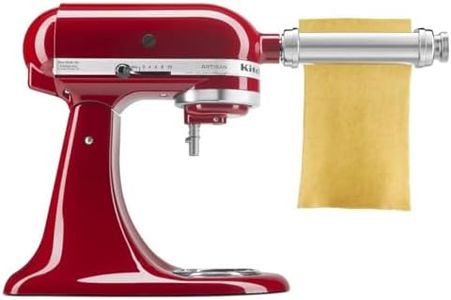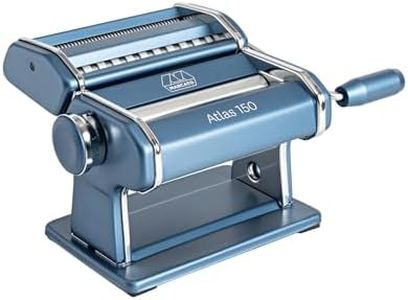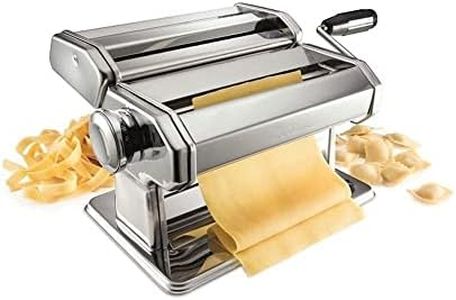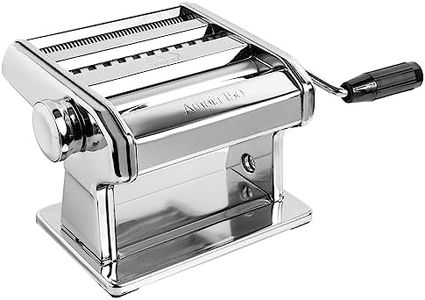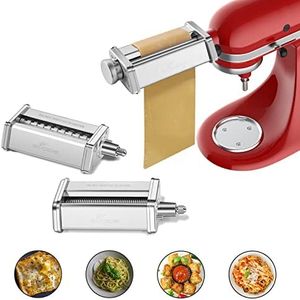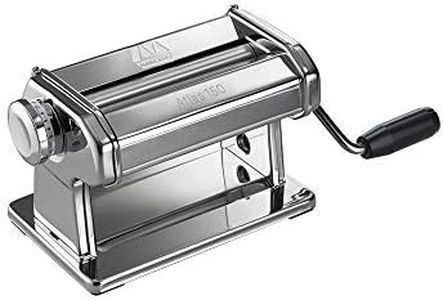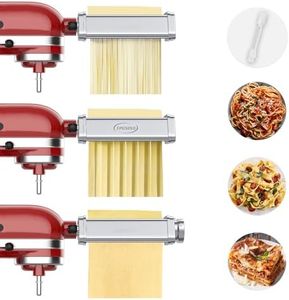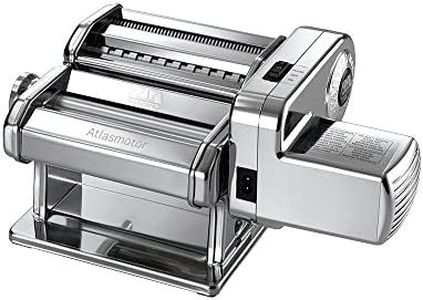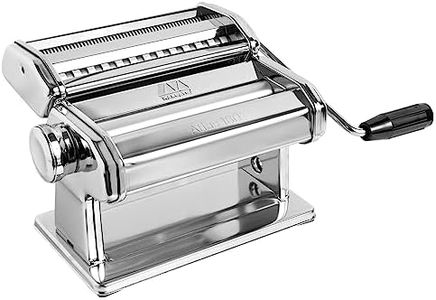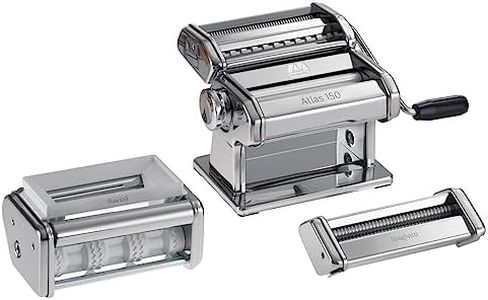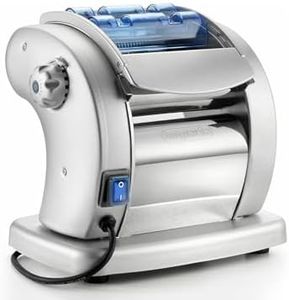We Use CookiesWe use cookies to enhance the security, performance,
functionality and for analytical and promotional activities. By continuing to browse this site you
are agreeing to our privacy policy
10 Best Pasta Makers
From leading brands and best sellers available on the web.Buying Guide for the Best Pasta Makers
Choosing the right pasta maker can significantly improve your experience in preparing homemade pasta. With a variety of designs and options, pasta makers range from basic manual rollers to automated electric machines. The key to finding the perfect one is understanding how often you'll use it, the types of pasta you want to make, and how much effort you want to put into the process. By paying close attention to certain features and specifications, you can match a pasta maker to your skills and kitchen habits.Type (Manual vs Electric)Pasta makers come as manual or electric devices, which describes how they operate. Manual pasta makers use a hand crank and typically require more effort and attention, making them well-suited for people who enjoy hands-on cooking and those making pasta occasionally. Electric models usually automate the rolling, cutting, and sometimes even kneading, offering speed and convenience, ideal for frequent use or for anyone with limited hand strength. When choosing, consider how tactile you want the process to be and how much time or physical effort you're willing to spend on pasta making.
Material and Build QualityThe material a pasta maker is made of affects its durability and performance. Stainless steel machines are sturdy, rust-resistant, and easy to clean, making them reliable for long-term use. Plastic parts or lightweight metals might be more affordable but can wear down or break over time. If you plan to use the pasta maker often or expect it to last for years, opting for one with mostly metal construction is a better choice.
Adjustable Thickness SettingsThis feature allows you to control how thin or thick your pasta sheets are. Machines offer various levels, typically numbered, with lower numbers making thicker pasta and higher numbers producing thinner sheets. If you want to experiment with different pasta types—like thick lasagna or delicate angel hair—look for a model with a wide range of adjustable settings. Think about the kinds of pasta you enjoy most and make sure the machine can accommodate them.
Pasta Shape AttachmentsSome pasta makers come with attachments or have compatible add-ons that allow you to make various shapes such as spaghetti, fettuccine, ravioli, or penne. The more attachments available, the more versatility you have. If you’re mainly interested in a few classic types, a basic machine will suffice, but if you love variety, look for a pasta maker with multiple attachments to expand your options.
Ease of CleaningPasta dough can be sticky and leave residue in the machine, so ease of cleaning is a practical concern. Some machines are designed to be easily taken apart and cleaned, while others are more complex and may require special brushes or careful wiping. If you dislike cleaning or want a low-maintenance tool, consider this aspect carefully—simpler, well-designed machines will save you time and hassle.
Size and StorageThe size of a pasta maker will determine how much counter space it occupies and how easy it is to store. Large, heavy-duty models are stable but take up more space, whereas compact models are easier to store but may shift during use. Think about where you’ll keep the pasta maker and how often you plan to use it before deciding on a size that suits your kitchen layout and lifestyle.
